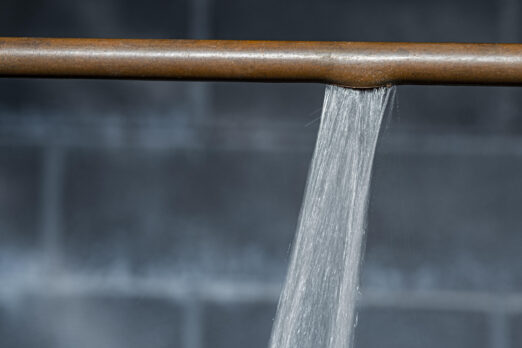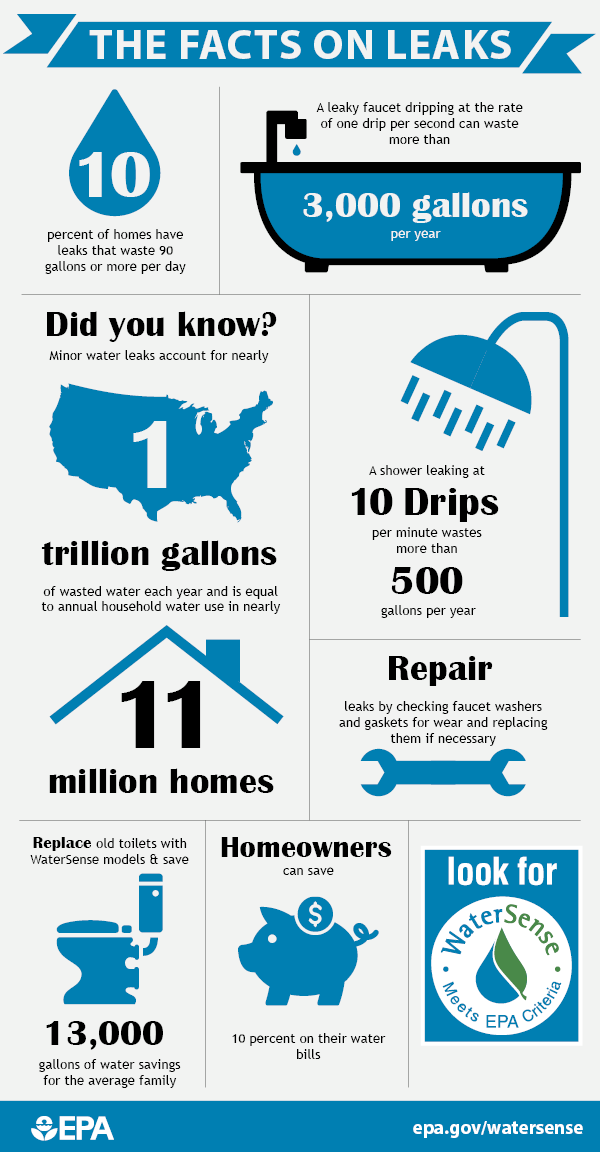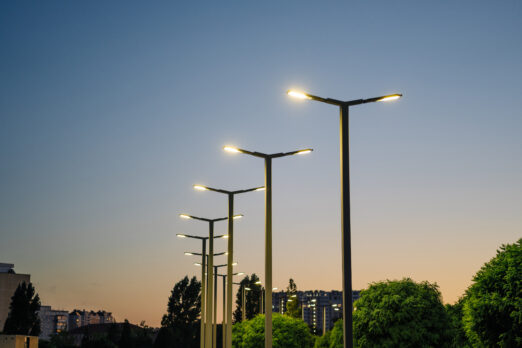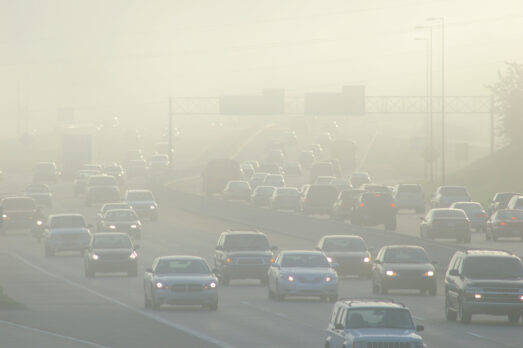
Water scarcity has become an increasingly serious threat due to climate change, growing populations, and aging utility grids. Lack of rainfall is an obvious cause of water scarcity but even in regions where water is plentiful, aging distribution systems can contribute to a significant loss of water.
Our aging water infrastructure systems have long been an out-of-sight, out-of-mind problem. But water loss from failing pipes, faulty meters, and theft often means lost revenue for utilities and higher rates for consumers.
An estimated 2.1 trillion gallons of treated drinking water leaks from outdated systems in the U.S. alone each year. According to the American Water Works Association, the 237,600 water line breaks that occur each year cost public water utilities approximately $2.8 billion annually.
In North America, it’s estimated that water utilities lose between 20%-50% of water in leaky aging pipes before it reaches their customers. The 2021 U.S. Infrastructure Report Card estimates that there is a water main break every two minutes, resulting in an estimated 6 billion gallons of treated water lost daily in the US, or enough to fill over 9,000 Olympic-sized swimming pools. And worldwide, the World Bank calculated that non-revenue water (NRW), the cost of water lost to leaks along with standard theft and billing errors, exceeds $14 billion.
While these water loss statistics might dampen our spirits, there is some good news. The recently passed U.S. Bipartisan Infrastructure Law has allocated more than $50 billion to the EPA to improve our nation’s drinking water, wastewater, and stormwater infrastructure.
And new technologies like state-of-the-art auditing methods, leak detection monitoring, targeted repairs or upgrades, pressure management, and smart water meters are making an impact in lost water and water system inefficiencies. Smart water meters monitor water usage in real-time, allowing for quick detection and repair of leaks. By providing detailed insights about water consumption patterns, these meters can help consumers and organizations identify areas where they can conserve water and reduce wastage.
For example, Singapore is aiding water conservation with smart water meters that can be read remotely each day instead of their previous method of reading meters manually every two months. Using their MySmartWaterMeter account, households and businesses can track their daily water usage giving them greater visibility and control over their water usage. They can also get alerts about high usage and suspected leaks. This will enable people to better understand their water usage pattern, be empowered to adjust water habits, and save on utility bills.
Consumers can also play a part water conservation at home. Leaks in an average household can waste nearly 10,000 gallons of water every year. The EPA’s annual Fix a Leak Week this month provides valuable tips to help consumers reduce water leaks and costs at home.


Extreme heat events are getting more frequent and more intense. Globally, heat kills more people than any other natural disaster.…

Smart lighting systems can help cities reduce costs, cut carbon emissions, and help boost energy efficiency and public safety. Street lighting…

The world is driving towards a new era of electric transportation. This is good news for fighting the climate crisis,…